Growth in E-commerce and Online Retail
The expansion of e-commerce and online retail platforms is significantly influencing the Sachet Packaging Market. As more consumers turn to online shopping, the need for efficient and protective packaging solutions has surged. Sachets, being lightweight and compact, are increasingly favored for shipping various products, including cosmetics, food items, and pharmaceuticals. Data indicates that the e-commerce sector is expected to continue its upward trajectory, which in turn will likely boost the demand for sachet packaging. This shift not only enhances product visibility but also reduces shipping costs, making sachets an attractive option for online retailers. Consequently, the growth of e-commerce is a pivotal driver for the Sachet Packaging Market.
Rising Demand for Convenience Products
The increasing consumer preference for convenience products is a primary driver of the Sachet Packaging Market. As lifestyles become busier, consumers are gravitating towards single-use packaging that offers ease of use and portability. This trend is particularly evident in sectors such as food and beverages, where sachets provide an ideal solution for on-the-go consumption. According to recent data, the food segment is projected to account for a substantial share of the sachet packaging market, driven by the demand for ready-to-eat meals and snacks. The convenience factor not only enhances consumer experience but also encourages manufacturers to innovate in their packaging solutions, thereby propelling the growth of the Sachet Packaging Market.
Technological Innovations in Packaging
Technological advancements are playing a vital role in the evolution of the Sachet Packaging Market. Innovations such as smart packaging, which incorporates QR codes and NFC technology, are enhancing consumer engagement and product traceability. These technologies allow brands to provide additional information and interactive experiences, thereby increasing consumer interest. Furthermore, advancements in materials science are leading to the development of more durable and versatile sachets that can better preserve product quality. Data indicates that the adoption of these technologies is likely to increase, as companies strive to differentiate their products in a crowded marketplace. Thus, technological innovations are a key driver of growth in the Sachet Packaging Market.
Increasing Applications Across Various Industries
The versatility of sachet packaging is driving its adoption across a multitude of industries, thereby fueling the growth of the Sachet Packaging Market. From personal care products to pharmaceuticals, sachets are being utilized for their ability to provide portion control and enhance product shelf life. The beauty and personal care sector, in particular, is witnessing a surge in sachet usage, as brands seek to offer trial sizes and samples to attract new customers. Recent market data suggests that the pharmaceutical industry is also increasingly adopting sachet packaging for its convenience and compliance with dosage requirements. This broad applicability across diverse sectors underscores the potential for continued expansion within the Sachet Packaging Market.
Focus on Sustainability and Eco-friendly Solutions
The growing emphasis on sustainability is reshaping the landscape of the Sachet Packaging Market. Consumers are becoming more environmentally conscious, prompting manufacturers to seek eco-friendly packaging alternatives. This shift is leading to the development of biodegradable and recyclable sachets, which align with consumer preferences for sustainable products. Recent statistics suggest that a significant portion of consumers is willing to pay a premium for environmentally friendly packaging. As a result, companies are investing in research and development to create sustainable sachet solutions, thereby driving innovation within the industry. The focus on sustainability not only meets consumer demand but also positions brands favorably in a competitive market, making it a crucial driver for the Sachet Packaging Market.


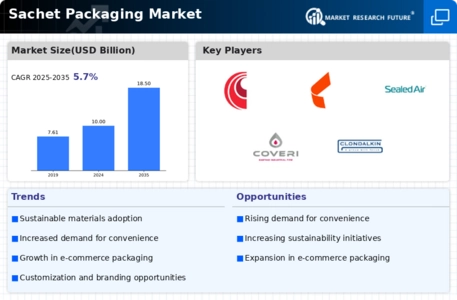
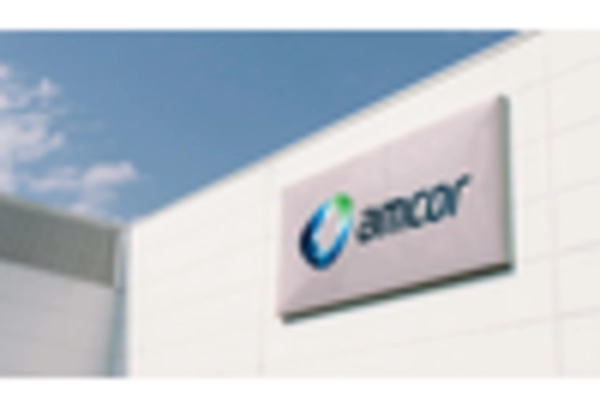
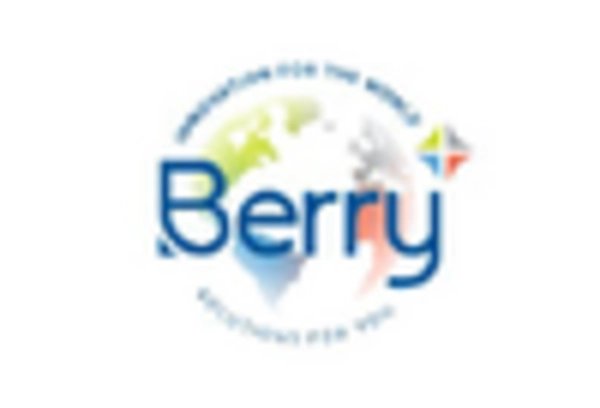
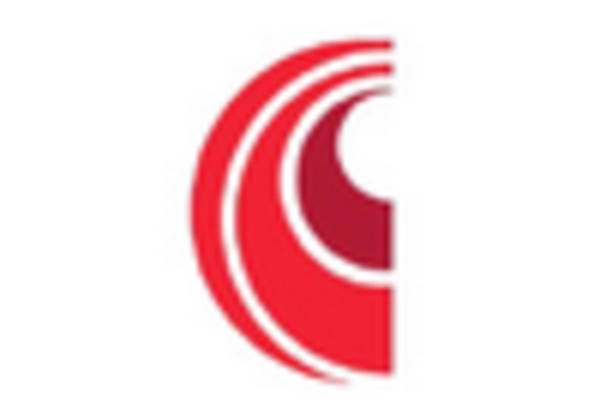
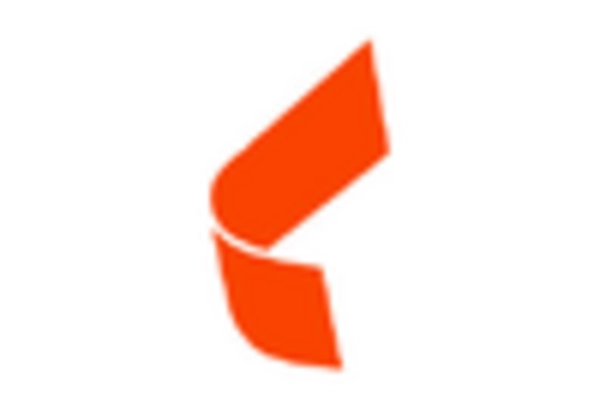
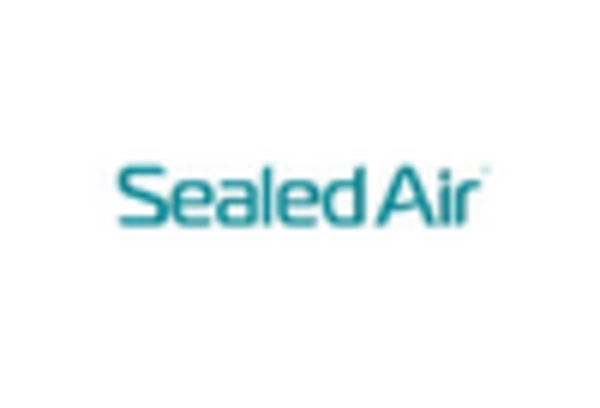
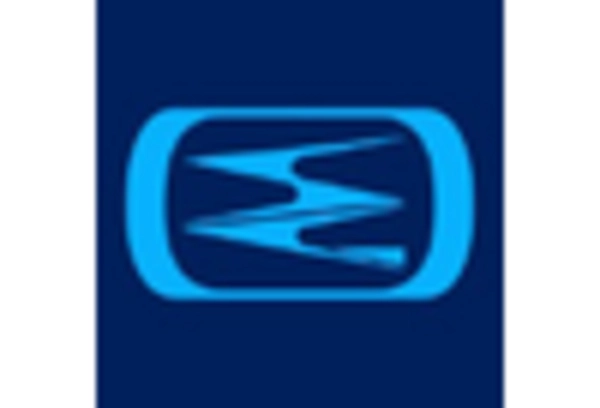








Leave a Comment